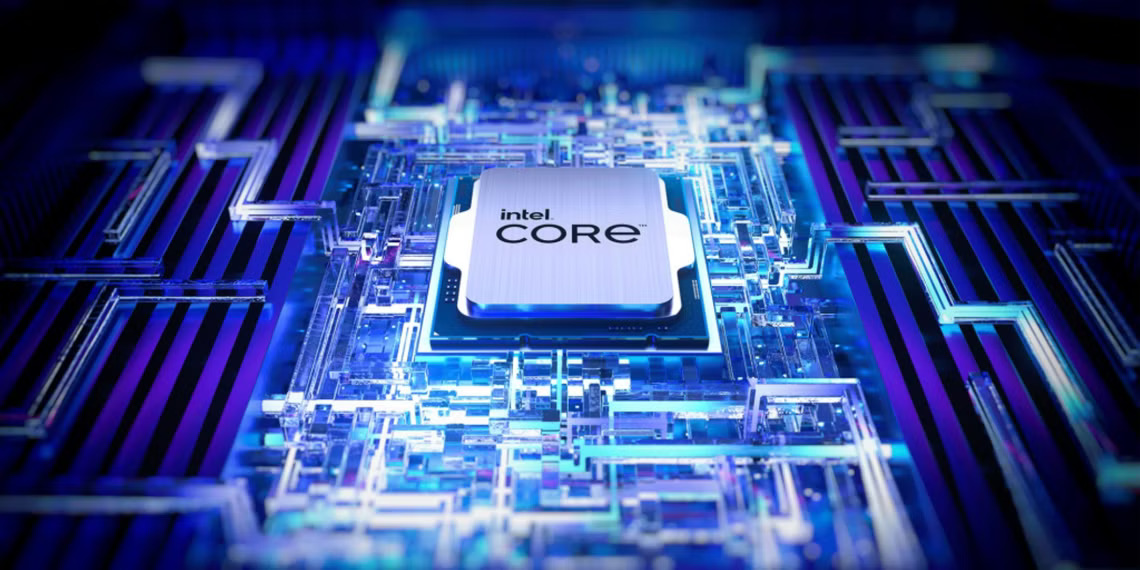


Prithhis Bose
Oct, 29.2024
In order to break away from monolithic configurations and enable autonomous computing processes, Intel has stated that it has filed a patent to develop disaggregated GPU architectures with dedicated logic chiplets. This opens up a world of possibilities. Although Intel has not provided many details regarding the technology's implementation plans or development timeline, many tech enthusiasts are already taking all relevant factors into account.
In an effort to maintain cheap pricing while providing the most effective performance, Intel has been engaged in a bitter battle with AMD and Nvidia for many years. It hasn't been an easy journey, as Intel has recently been having trouble with their Raptor Lake CPUs and the annoying crashes that affect both the product and its consumers.
Intel announced earlier this week that it had submitted a patent application for a novel approach to creating disaggregated GPU architectures using specialised chiplets, which among other things enable more effective and nearly entirely modular GPU configurations. Modern GPUs share the burden as a single unit, whereas discrete chiplets can handle many tasks individually, increasing computational power and scalability.However, this is not all good news because, according to Wccftech, creating such technologies frequently calls for intricate new production procedures as well as other technological advancements that the company is allegedly currently working on. For hardware enthusiasts, October has been jam-packed with intriguing news, as Intel also unveiled their Arrow Lake CPUs and provided comprehensive information about the chip family.
To Create Disaggregated GPU Architectures, Intel Files A Patent
According to reports, a lot of gamers and tech enthusiasts are looking forward to the new Intel Arc Battlemage GPU architecture, which is scheduled for introduction in early 2025, even if Nvidia and AMD still hold a larger share of the GPU market. Even while the Battlemage GPUs will probably remain monolithic, the submission of the disaggregated GPU architecture patent could help tip the scales in Intel's favour and further fuel this enthusiasm.
Many people consider Intel to be dependable when it comes to creating high-quality goods and providing excellent customer service. Even so, the company's hardware may have stability problems. In an attempt to demonstrate its dedication and readiness to address the issue, Intel recently extended the warranty on its crashing 13th and 14th generation CPUs. After the problem was fixed, Intel stated that the CPUs were requesting the incorrect voltage while they were running due to an algorithmic error.
Intel's announcement of the filing of its disaggregated GPU patent has many tech fans excited about the implications of this news, and how this advanced technology will help revolutionize computing. Naturally, as it happens almost every time innovation takes place, there are many details to iron out before disaggregated GPUs can be made, let alone sold to the public. Development efforts of this magnitude typically represent a significant investment and might implicate considerable price hikes, just as it happened with the price increase between Intel's 14900KS and its 13900KS CPUs. AMD is reportedly also looking into developing disaggregated GPU architectures and has filed a similar patent, which might indicate the industry's direction in the GPU market.